Archives
- 2018-07
- 2019-04
- 2019-05
- 2019-06
- 2019-07
- 2019-08
- 2019-09
- 2019-10
- 2019-11
- 2019-12
- 2020-01
- 2020-02
- 2020-03
- 2020-04
- 2020-05
- 2020-06
- 2020-07
- 2020-08
- 2020-09
- 2020-10
- 2020-11
- 2020-12
- 2021-01
- 2021-02
- 2021-03
- 2021-04
- 2021-05
- 2021-06
- 2021-07
- 2021-08
- 2021-09
- 2021-10
- 2021-11
- 2021-12
- 2022-01
- 2022-02
- 2022-03
- 2022-04
- 2022-05
- 2022-06
- 2022-07
- 2022-08
- 2022-09
- 2022-10
- 2022-11
- 2022-12
- 2023-01
- 2023-02
- 2023-03
- 2023-04
- 2023-05
- 2023-06
- 2023-07
- 2023-08
- 2023-09
- 2023-10
- 2023-11
- 2023-12
- 2024-01
- 2024-02
- 2024-03
- 2024-04
- 2024-05
- 2024-06
- 2024-07
- 2024-08
- 2024-09
- 2024-10
- 2024-11
- 2024-12
- 2025-01
- 2025-02
- 2025-03
-
br Author contribution br Acknowledgement br Introduction Si
2024-08-15
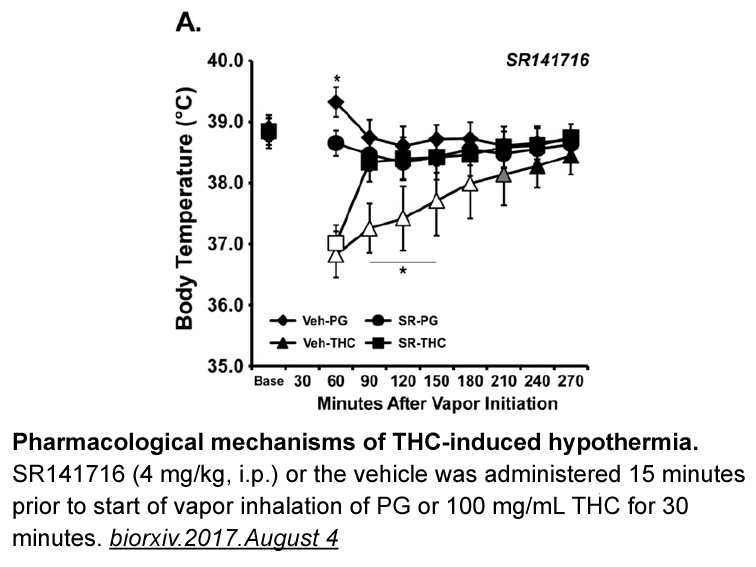
Author contribution Acknowledgement Introduction Since the initial finding of Gould et al. [1], showing the loss of dendritic spines in the hippocampus after ovariectomy and its rescue after treatment of the animals with estradiol, a tremendous number of studies have demonstrated a role of
-
fmoc-osu APJ receptors have a amino
2024-08-15
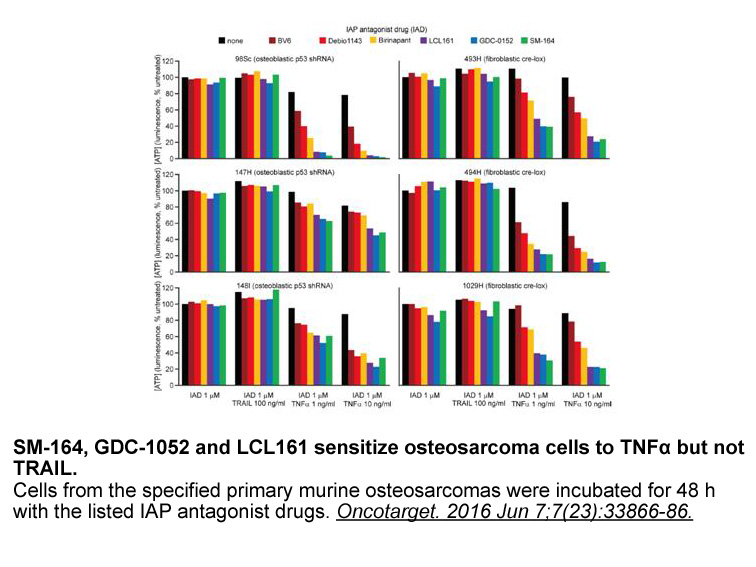
APJ receptors have a 380 amino fmoc-osu sequence with a characteristic G-protein structure, including seven transmembrane domains and post-translation modification sites for phosphorylation, palmitoylation and glycosylation along with association sites for β-arrestin (O'Dowd et al., 1993). APJ recep
-
br Acknowledgement br Introduction Estrogens play
2024-08-15

Acknowledgement Introduction Estrogens play an important role in the development and progression of breast cancer (McGuire et al., 1976; Clemons and Goss, 2001). 17β-Estradiol (E2), the most biologically active estrogen in breast tissue, functions via its nuclear receptors, estrogen receptor (
-
It remains unclear to what
2024-08-15
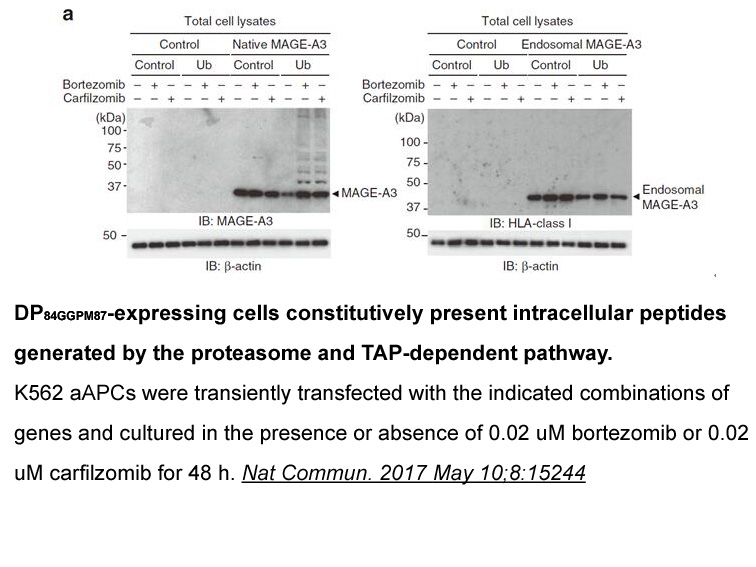
It remains unclear to what extent UCP2 and UCP3 are subject to the same acute molecular regulation as UCP1 (and the extent to which they share the same mechanism of uncoupling). Although they lack sequence homology in a matrix-localised region reportedly critical for fatty BCTC activation of UCP1 [
-
Therefore a number of homoisoflavonoids may be designed
2024-08-15
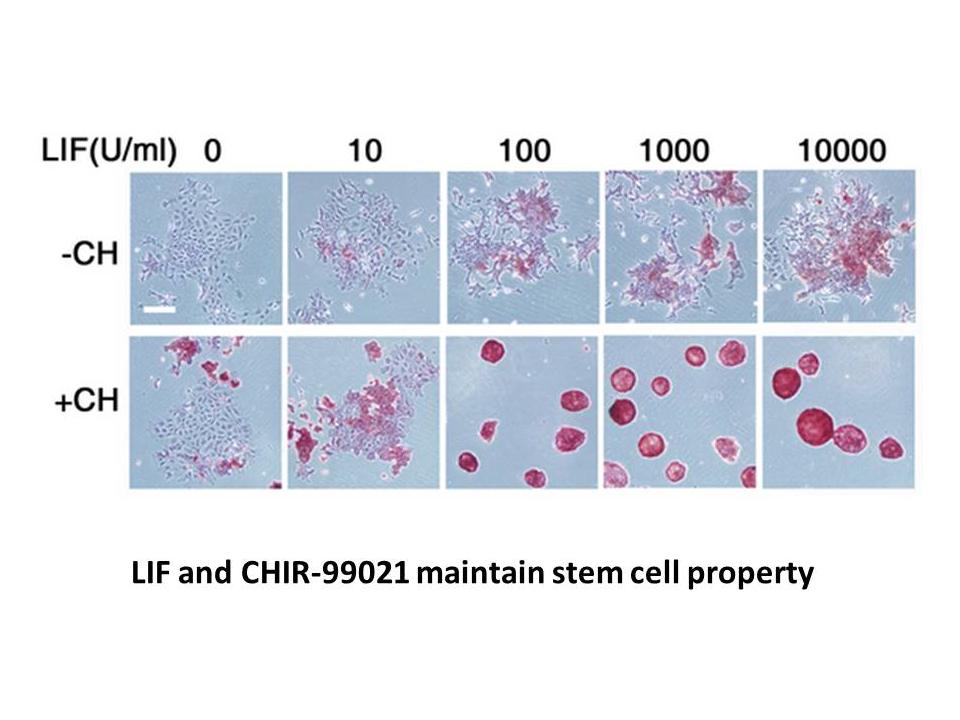
Therefore, a number of homoisoflavonoids may be designed in future that may be effective against angiogenesis for treating ocular neovascularization. As this TMPyP4 tosylate receptor current study deals with robust molecular modeling techniques on SH-11037 (cpd 15) and related homoisoflavonoids and
-
br Discussion To our knowledge
2024-08-15
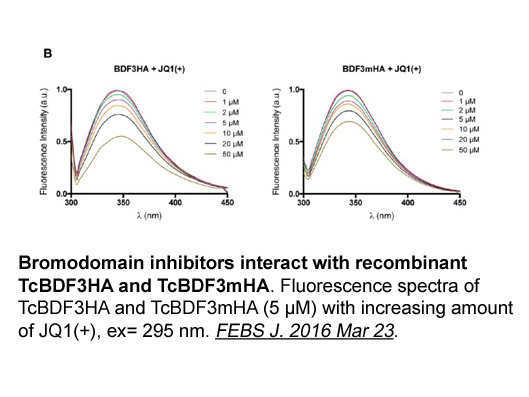
Discussion To our knowledge, this is the first case report that demonstrates the presence of a novel T1151K ALK mutation in a patient with disease progression after crizotinib and then ceritinib. As early as 2011, Zhang et al. identified T1151K among other resistance mutations to crizotinib in Ba
-
The biology of the A BR is complex and needs
2024-08-14
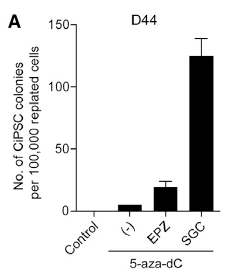
The biology of the A2BR is complex and needs to be considered contextually as the expression and effect of receptor engagement varies according to time post hypoxic injury, cell type and downstream signaling pathway. For example, A2BR expression is dynamic - low under basal and increasing under isc
-
Trimidox Actin is capable of polymerizing spontaneously Howe
2024-08-14
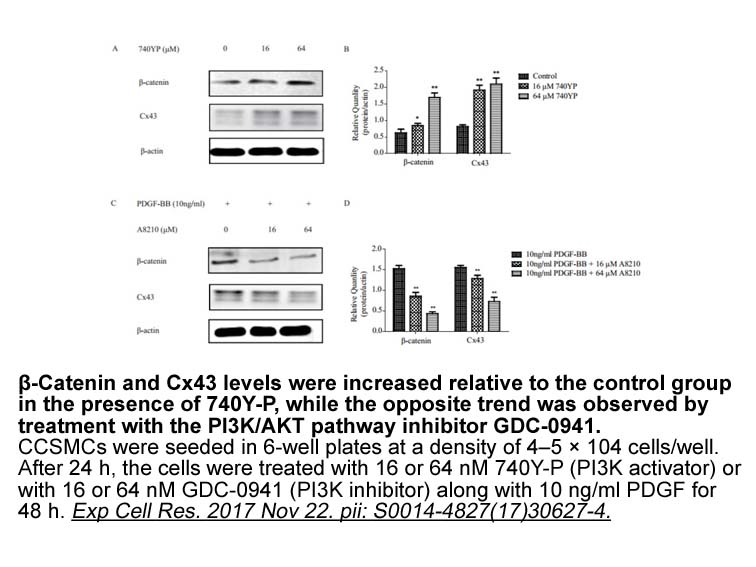
Actin is capable of polymerizing spontaneously. However, this process is relatively slow and kinetically unfavorable in cells. Formation of Trimidox dimers and trimers, which can easily disassemble due to their instability, is a rate-determining step in actin polymerization [5], [6]. The shape and
-
The first suggestions that the cleaved intracellular domain
2024-08-14
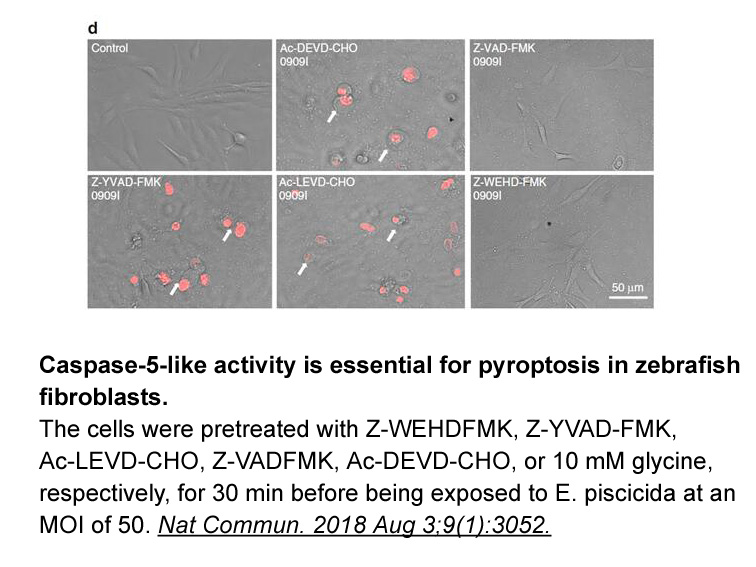
The first suggestions that the cleaved intracellular domain of APP, AICD, might transit to the nucleus and hence selectively regulate gene transcription arose from analogies with the Notch receptor signalling system where similar intra-membrane proteolysis occurs [84], [85] and it was later confirme
-
br Methods br Results From a study
2024-08-14
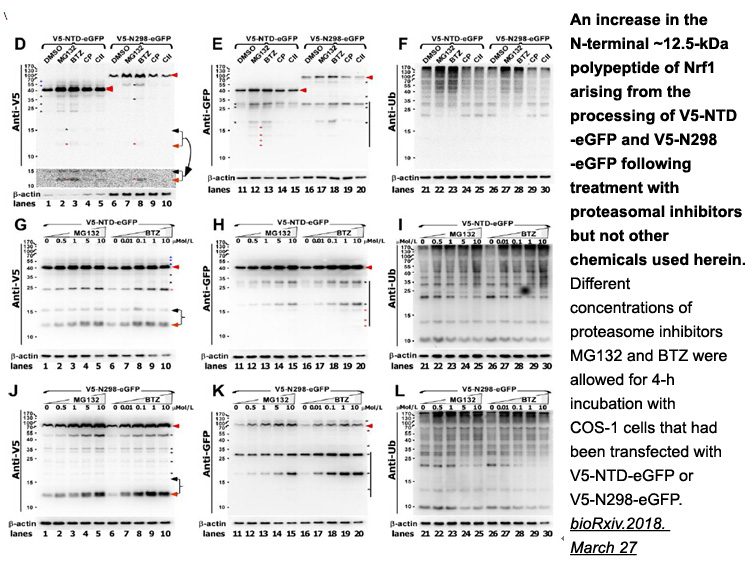
Methods Results From a study population of 7069 patients, a total of 149 falls were reported during the study L-365,260 for an incidence rate (IR) of 5.2 falls per 1000 patient-days (PD), 95% confidence interval (CI) 4.4/1000 PD–6.1/1000 PD. The incidence rate ratio (IRR) for patients in the
-
LO is a soluble kDa enzyme composed
2024-08-14
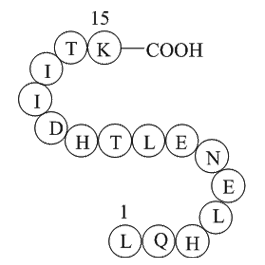
5-LO is a soluble 78 kDa enzyme, composed of an α-helix-rich catalytic domain and a regulatory β-sheet-rich C2-like domain. Depending on the cell type, 5-LO may be located in the cytosol, in the nucleoplasm, or in both compartments (Werz, 2002). Upon cell stimulation by agents that elevate intracell
-
Direct inhibition of LO activity
2024-08-14
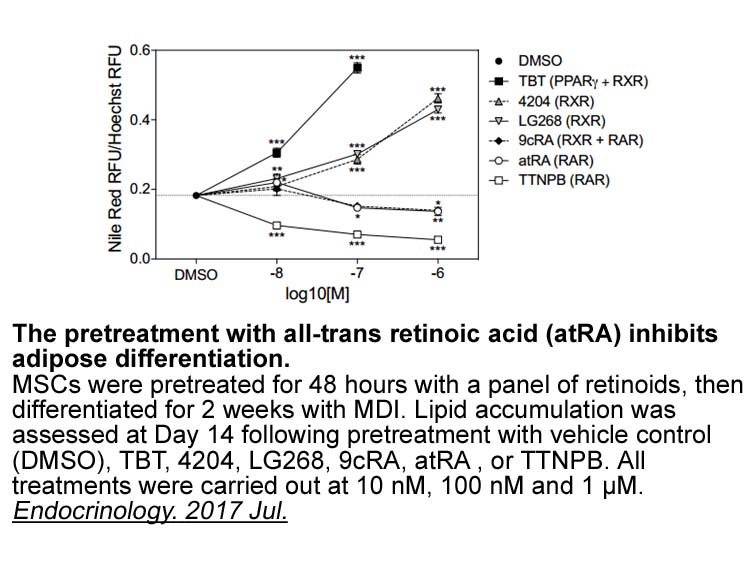
Direct inhibition of 5-LO activity by BRP-187 is clearly evident in cell-free assays using PMNL homogenates and isolated human recombinant 5-LO as enzyme source. In such assays, pure FLAP inhibitors like MK886 are inactive [9], [10], [29], [44]. Wash-out experiments and studies using the nonionic de
-
Based on the results of
2024-08-14

Based on the results of studies done to-date, there are three characteristics that make a letrozole-based protocol attractive for use in cattle: 1) it is steroid-free, 2) it is cost-effective and requires a shorter time and fewer animal handlings than conventional methods (Table 1), and 3) it may ha
-
In our approach using BRET and FRET
2024-08-14
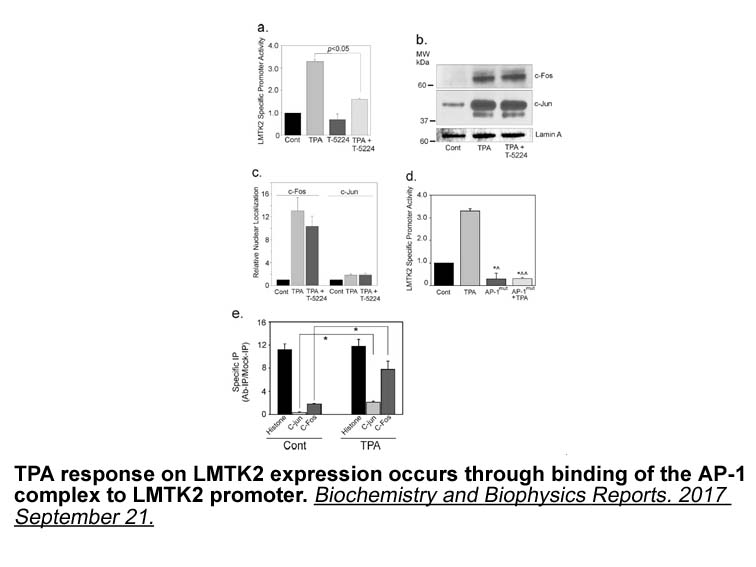
In our approach using BRET and FRET, there is a substantial increase in BRET and FRET signals between Giα2 or Giα3-YFP and CFP- Gγ2/Rluc-Gγ2 upon apelin-13 activation, indicating that Gαi2, Gαi3 and N-terminus of Gβ1γ2 subunits become closer without subunit dissociation. In contrast, both the FRET a
-
The regulation of gene expression by glucocorticoids
2024-08-14
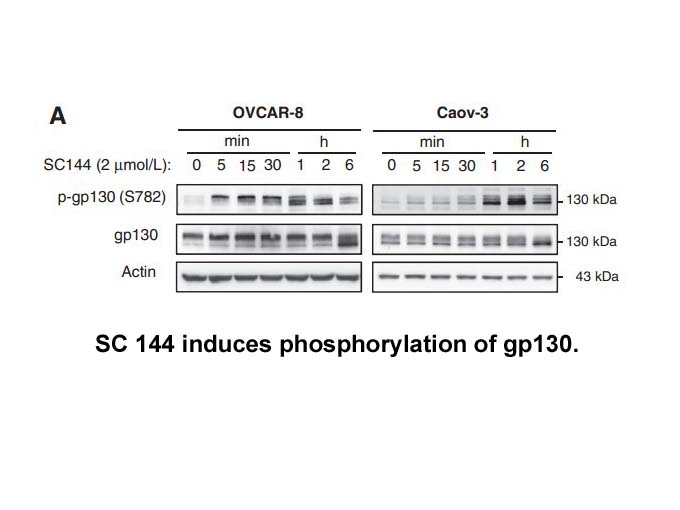
The regulation of gene expression by glucocorticoids can be mediated either by the canonical mechanism that involves the interaction of the glucocorticoid receptor (GR), a transcription factor activated by the hormone, with glucocorticoid response element (Ye et al., 2007), or by the non-canonical m
15805 records 94/1054 page Previous Next First page 上5页 9192939495 下5页 Last page